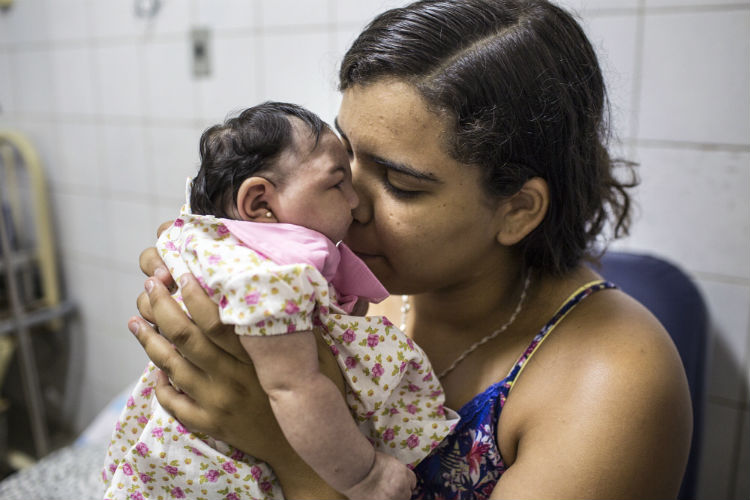By: Joel Adriano
Send to a friend
The details you provide on this page will not be used to send unsolicited email, and will not be sold to a 3rd party. See privacy policy.
[MANILA] The ground breaking dengue vaccine, Dengvaxia, is significantly less effective among children below 9 years old admits a Sanofi Pasteur expert.
Dengvaxia, developed by Sanofi Pasteur, is the world’s first dengue vaccine that offers protection on all four dengue virus types. But while it is effective against four strains, its efficacy differs among age groups.
In an interview, Alain Bouckenooghe, associate vice president and regional head of clinical R&D Sanofi Pasteur, tells SciDev.Net that based on their findings, efficacy in children younger than 9 years old is way lower than those vaccinated in ages 9 and above.
According to Sanofi test results, vaccination in children ages 9-16 is able to reduced risk of hospitalisation by almost 81 per cent while efficacy against the four strains is at 66 per cent. But this drops to 56 per cent on reduced risk of hospitalisation and 45 per cent efficacy for kids below 9 years of age.
This result is crucial since below nine years of age are the most vulnerable age group to dengue and many kids already had been infected with at least one or two strains by the time they reach 9 years old. This means those who had been exposed to dengue would be vaccinated for just one to three strains at the same vaccination cost.
Earlier this year the World Health Organization supported the vaccination against dengue in countries with high incidence. Several countries have expressed interest in using Dengvaxia mostly in Latin America, with the Philippines becoming the first country to use the vaccine when it immunised 489,000 public school children in April. Last October it administered the second of the three-dose vaccine.
When pressed by SciDev.Net if he will recommend to health officials to exclude kids that already had two or three strains of dengue in the vaccination course to cut government expenses, Bouckenooghe says the company is leaving the decision to individual governments on what to recommend.
The dengue vaccination program in the Philippines is currently under congressional scrutiny over its reported dangers and irregularities.
Philippine Senator Richard Gordon, who is also the long-time chair of the Philippine Red Cross, recently brought up in a Senate privilege speech about the dangers of Dengvaxia.
In an interview with SciDev.Net, Senator Gordon says he is questioning the hasty way the vaccination was decided and is calling for a senate inquiry through its anti-graft body, the blue ribbon committee which he chairs, to determine if there are irregularities.
“The timing is very suspicious. It was done near the end of the previous administration. There are reports that people have gotten sick and died,” he says.
One of those who died, an 11-year old boy, had a congenital heart disease and died days after receiving the vaccine.
“We want to find out if extreme diligence has been done. An awful lots of money were put in and exceedingly facilitated for a vaccine which made the Philippines the first user in the world, which is disconcerting,” Gordon says.
Some Php3.5 billion (US$150 million) were budgeted for the dengue vaccination which he emphases is good for vaccinating against six different diseases already.
“If this were put on dental services, it would have serviced already 96 per cent of the people,” a disappointed Gordon says.
This piece was produced by SciDev.Net’s South-East Asia & Pacific desk.














